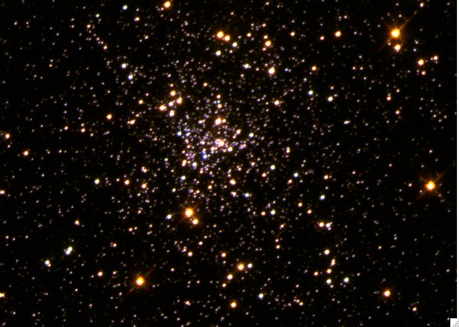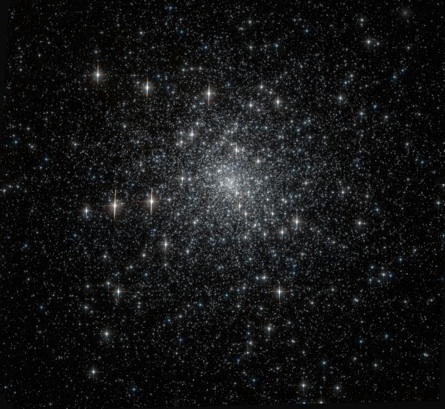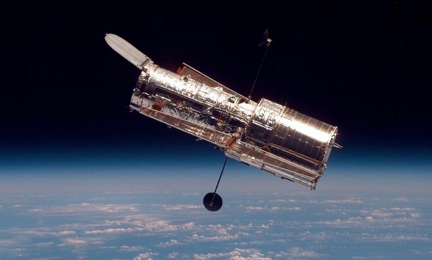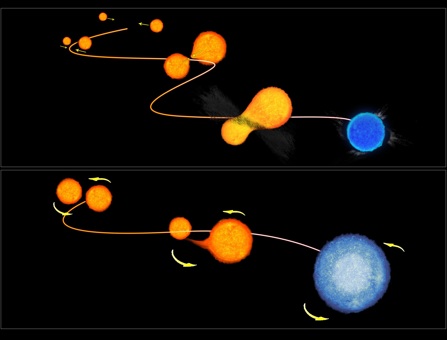EVEN STARS UNDERGO COSMETIC FACE LIFTING
COLLISIONS & VAMPIRISM:
THIS IS HOW STARS REMAIN YOUNG
By using a set of high-resolution images obtained with the Hubble Space Telescope, an international team of astrophysics leaded by researchers from the Bologna University has solved the enigma of the “rejuvenated stars”











